
Aligning Factory and Supply Chain | Part 2: When Data Lies, Strategy Fails
This is Part 2 of Aligning Factory and Supply Chain, our special series for supply chain and operations leaders working to close the gap between

This is Part 2 of Aligning Factory and Supply Chain, our special series for supply chain and operations leaders working to close the gap between
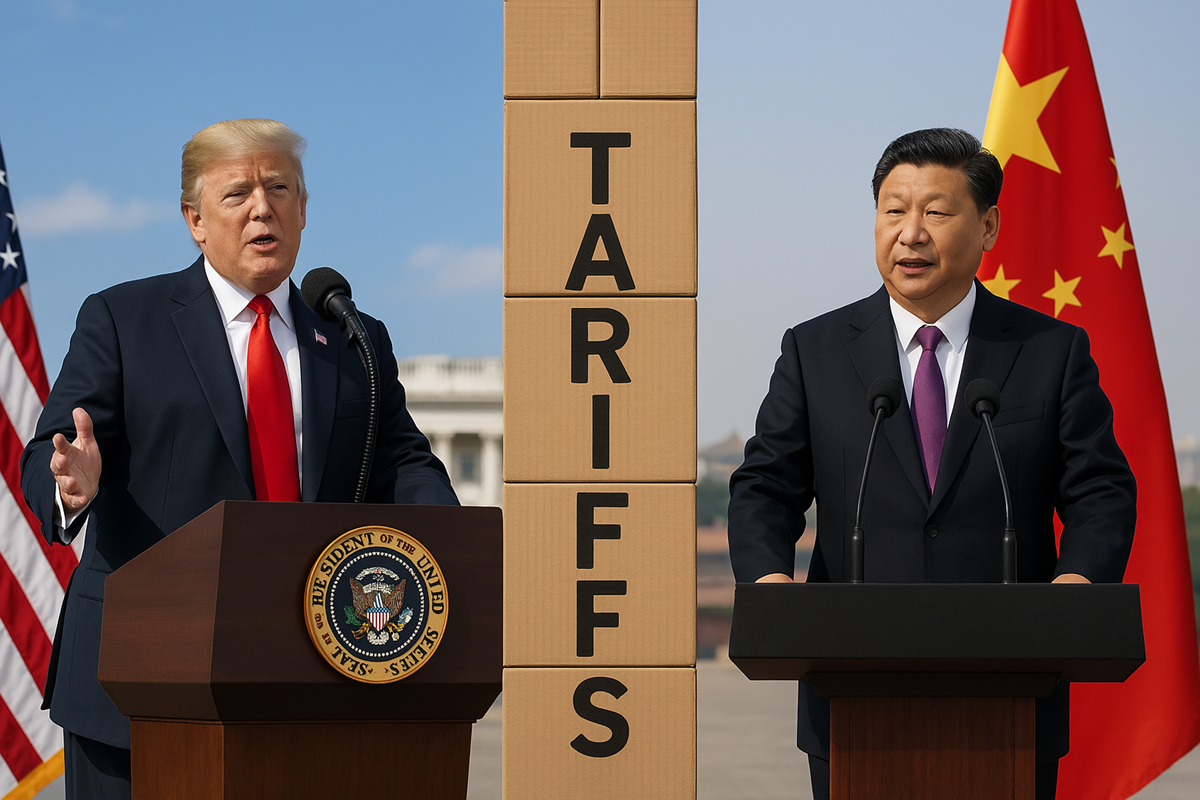
The U.S. has imposed a 104% tariff on all Chinese imports, escalating a global trade conflict and sending shockwaves through supply chains. With retaliatory moves,

Political shifts may sideline green policy, but sustainability still delivers operational gains—and supply chain leaders would be wise to keep their foot on the pedal.
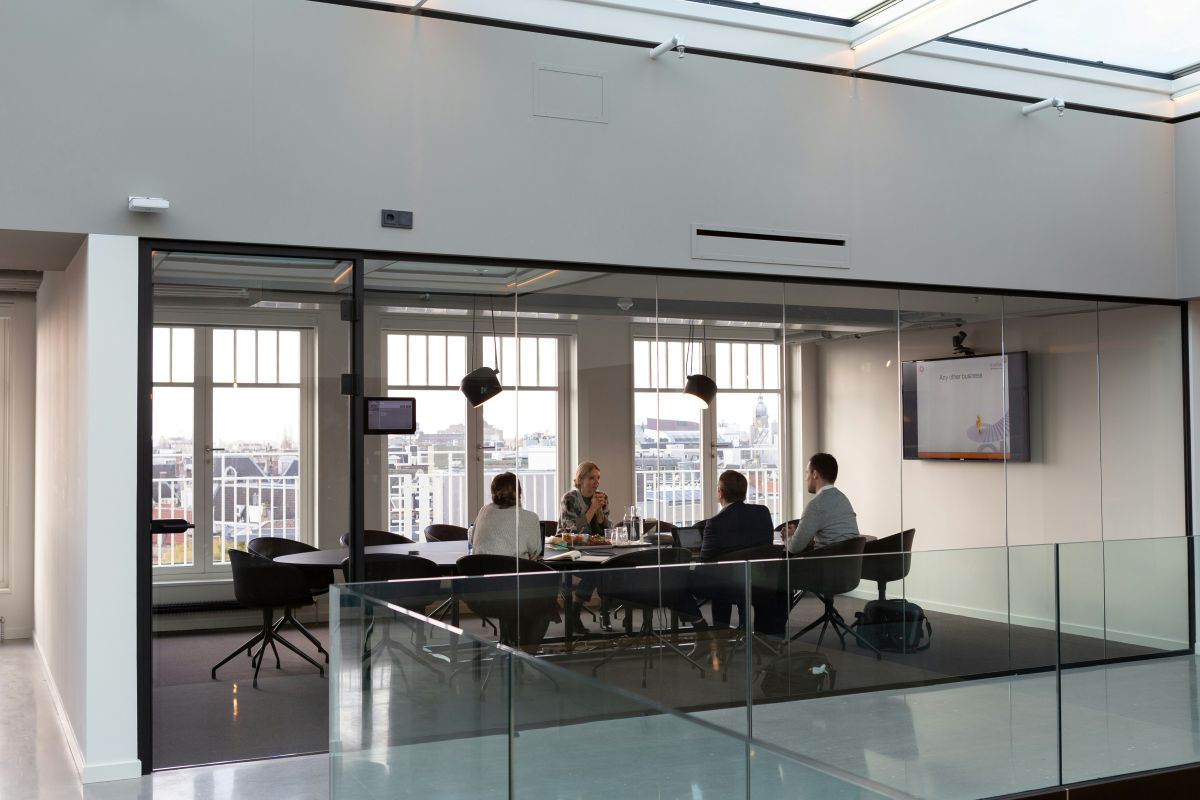
New tariffs ranging from 10% to 46% will take effect in April, targeting key apparel-producing nations and raising the stakes for globally integrated manufacturers. Apparel
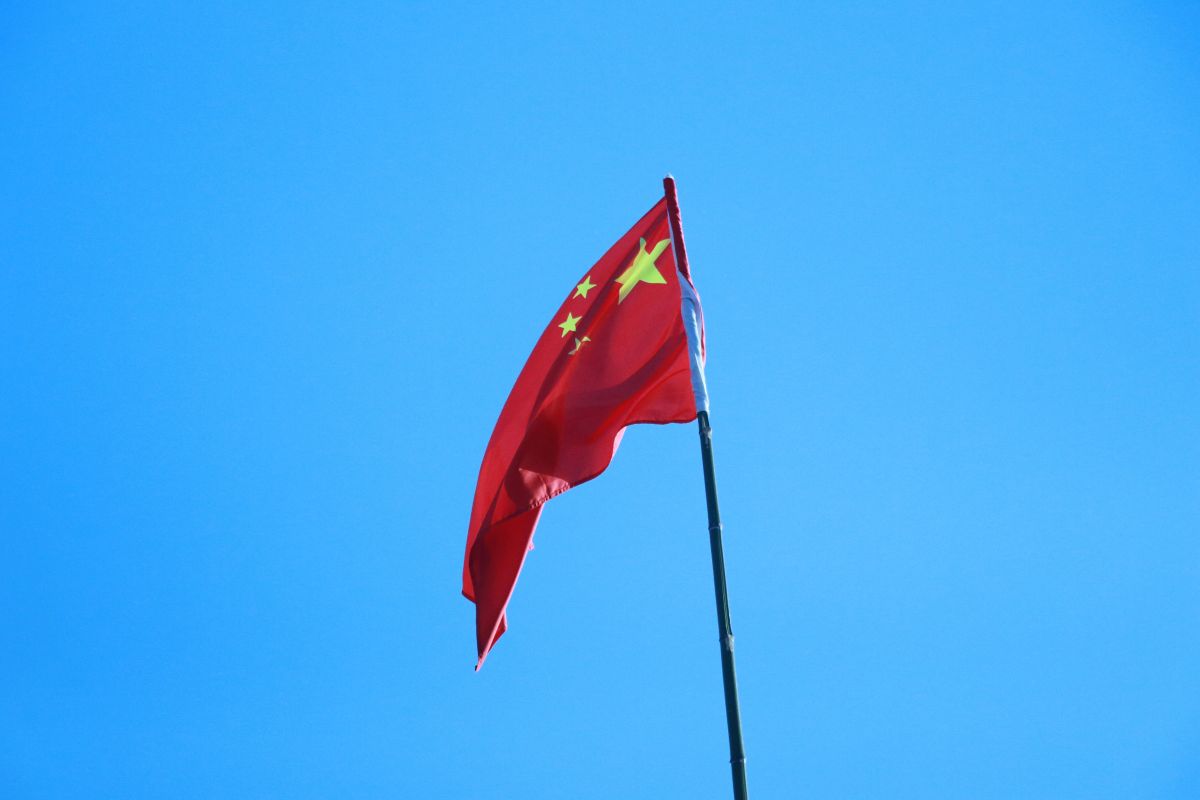
Starting April 10, China will apply steep new tariffs on U.S. imports in direct retaliation to Washington’s reciprocal trade measures, targeting key industrial sectors. Tit-for-Tat
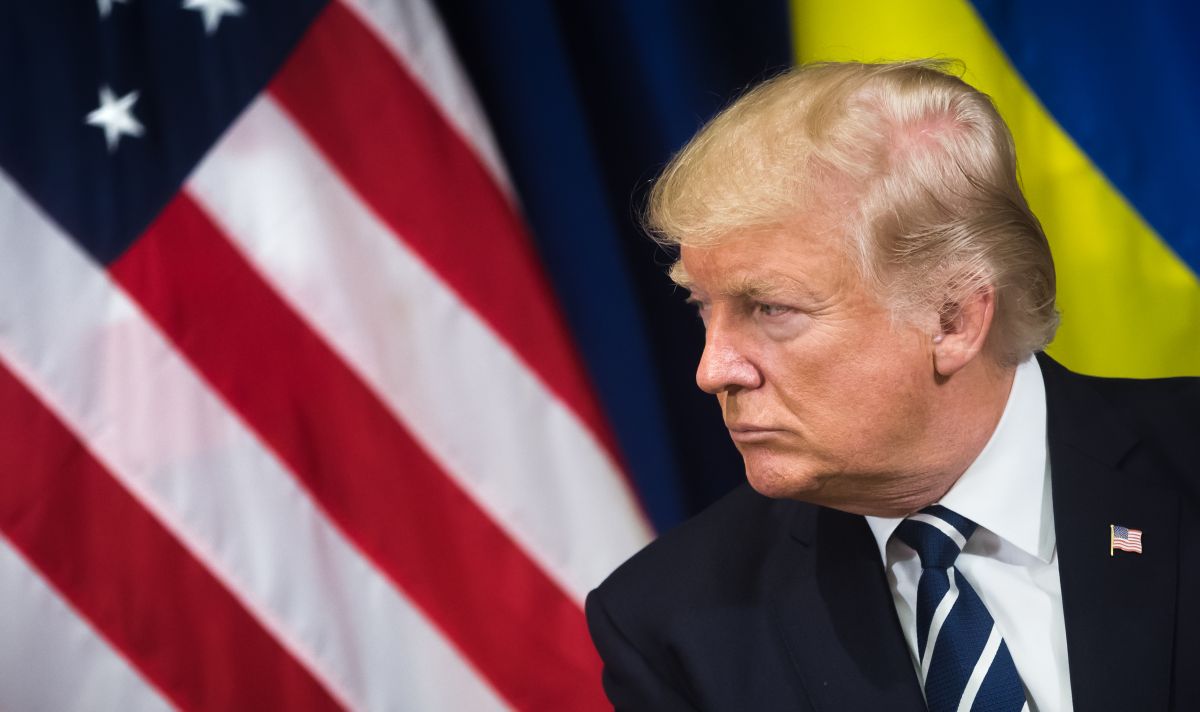
Announced just hours ago, Trump’s sweeping import tariffs—ranging from 10% to 50%—will take effect next week, forcing urgent reassessment of sourcing, logistics, and global supplier

Elimination of key labor monitoring contracts sparks backlash from apparel industry groups, who warn the move weakens protections against forced labor and undermines global sourcing

A sweeping new wave of U.S. tariffs threatens to destabilize global supply chains, with early forecasts pointing to economic contraction, job losses, and escalating trade
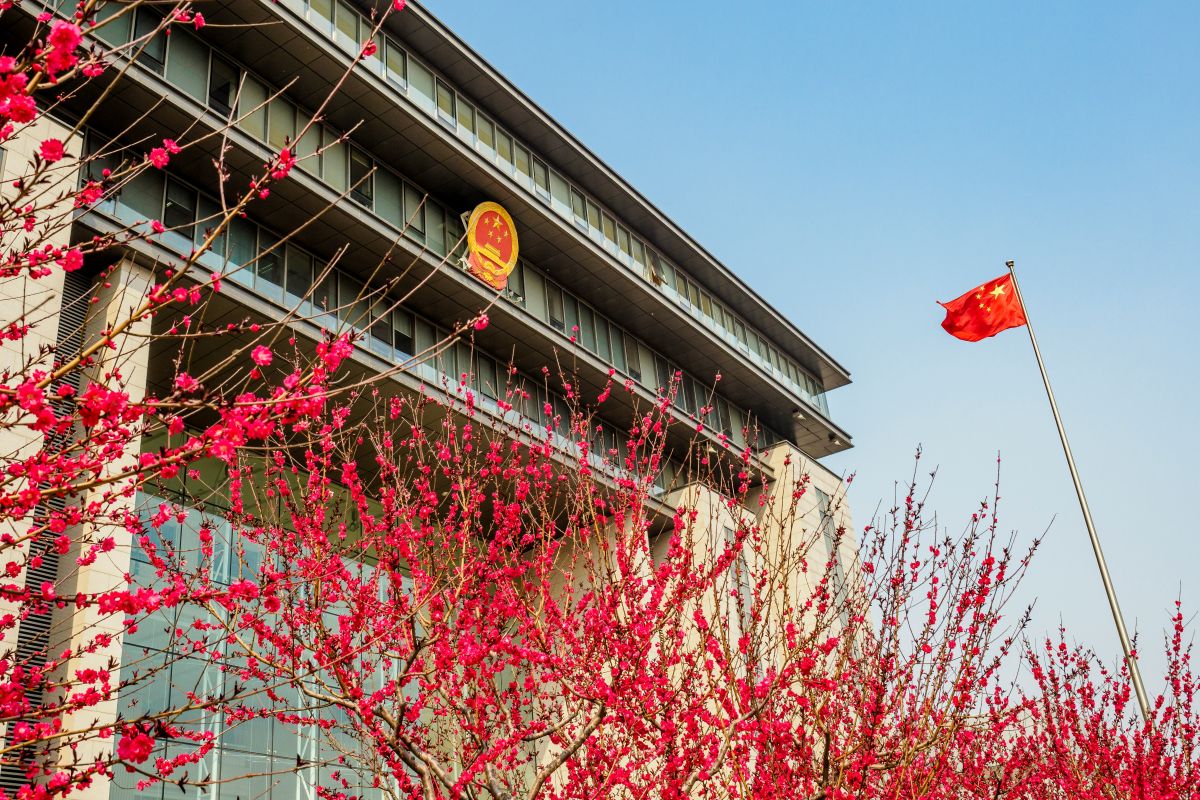
China’s leader emphasizes stability and partnership as companies navigate U.S. tariffs and geopolitical uncertainty. China Seeks to Counter Tariff Impact As the U.S. escalates its

A new Forrester–Hexagon study reveals that while European pharmaceutical manufacturers are prioritizing AI, automation, and digital twins, deep data silos and compliance challenges remain widespread.

This is Part 2 of Aligning Factory and Supply Chain, our special series for supply chain and operations leaders working to close the gap between

The U.S. has imposed a 104% tariff on all Chinese imports, escalating a global trade conflict and sending shockwaves through supply chains. With retaliatory moves,

Political shifts may sideline green policy, but sustainability still delivers operational gains—and supply chain leaders would be wise to keep their foot on the pedal.

New tariffs ranging from 10% to 46% will take effect in April, targeting key apparel-producing nations and raising the stakes for globally integrated manufacturers. Apparel

Starting April 10, China will apply steep new tariffs on U.S. imports in direct retaliation to Washington’s reciprocal trade measures, targeting key industrial sectors. Tit-for-Tat

Announced just hours ago, Trump’s sweeping import tariffs—ranging from 10% to 50%—will take effect next week, forcing urgent reassessment of sourcing, logistics, and global supplier

Elimination of key labor monitoring contracts sparks backlash from apparel industry groups, who warn the move weakens protections against forced labor and undermines global sourcing

A sweeping new wave of U.S. tariffs threatens to destabilize global supply chains, with early forecasts pointing to economic contraction, job losses, and escalating trade

China’s leader emphasizes stability and partnership as companies navigate U.S. tariffs and geopolitical uncertainty. China Seeks to Counter Tariff Impact As the U.S. escalates its

A new Forrester–Hexagon study reveals that while European pharmaceutical manufacturers are prioritizing AI, automation, and digital twins, deep data silos and compliance challenges remain widespread.


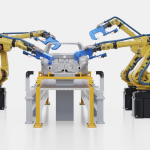
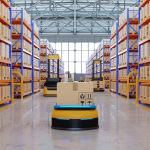

©Your trusted source for cutting-edge insights, best practice frameworks, and the latest news tailored exclusively for Supply Chain leaders.
Part of 360 Intelligence Ltd